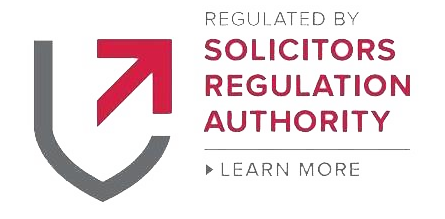The presence of reinforced autoclaved aerated concrete (RAAC) in public buildings has
been widely reported in the media. Many parents have been anxiously awaiting confirmation as to whether their child’s school is among the 150 plus school buildings believed to be at risk of collapse due to the presence of RAAC.
Whilst many headlines initially focused on the presence of RAAC in school buildings, it quickly became clear that the problems and risks associated with RAAC are not limited to schools. There is now widespread concern regarding the presence of RAAC in other public buildings, such as, hospitals and court houses. It has further been noted that RAAC has been used in the construction of commercial offices, shops, factories, and warehouses
Topics to be answered in this article
What is RAAC
RAAC is a lightweight form of concrete usually found in roofs, but also in floors and walls, it has a lifespan of around 30 years and is less durable than traditional concrete. Consequently, the decay of this concrete has led to substantial safety concerns. Research has shown that RAAC’s condition declines if water is present, for example, if there are leaks from roofs, reinforcement bars contained within RAAC panels may become compromised.
RAAC panels may be hidden above false ceilings and could look the same as pre-cast concrete. The inside of the planks may appear bubbly, described as looking like an Aero chocolate bar.
A quick look into the history of RAAC
RAAC was invented in Sweden in the 1930’s and was commonly used in public sector buildings around the UK from the 1950s to the late 1990s. The material was popular due to being lightweight, easier to work with and cheaper than traditional concrete.
The use of RAAC started to decline in the late 1980s. This was largely due to growing concerns over its long-term structural integrity. Today, RAAC is rarely used in new building constructions, instead materials offering longer-term structural integrity and safety are favoured.
Why is RAAC considered a safety risk?
Prior to the 2023 government intervention, it had been understood that RAAC deteriorated over time and that this decline is difficult to detect. The Health and Safety Executive warned, RAAC material is “liable to collapse with little or no notice.”
Concerns surrounding the structural integrity of the material were raised over 20 years ago. In 2018 a RAAC panel roof collapsed in a school in Kent, since this, many other RAAC collapses have been reported where it appeared that the material had been in good condition. RAAC can deteriorate if it has not been properly waterproofed or adequately maintained.
Whilst it has not regularly been installed in UK buildings since the 1990s, it is still manufactured and used world-wide. RAAC can be used safely, if correctly produced, installed, and maintained. Where RAAC has been used in buildings without proper design considerations, it can cause structural instability. This may result in collapses, causing serious or even fatal injury and damage.
Tens of thousands of these panels are reportedly present in the UK, needing urgent action.
What is being done about it?
New guidance has been published advising school education settings that areas known to contain RAAC should be vacated unless property mitigations are in place. Mitigations may include the space being deemed unusable or completing structural changes, replacing RAAC with a more suitable material, during this time the area will not be usable.
The government has advised that they have increased the number of temporary buildings, committing £1.8 billion in funding to ensure that schools stay up and running while the ‘School Rebuilding Programme’ has confirmed plans to transform over 500 schools over the next 10 years.
The Chancellor (Jeremy Hunt) has confirmed that the government will “spend what it takes” to ensure schools are safe. While RAAC concrete can be used safely where it has been maintained and repaired, removing it is the safest option. All education settings known to contain RAAC will be allocated a Department of Education caseworker to work with them in assessing the specific needs and help provide solutions.
The Department of Education has issued guidance which can be found on the government website.
How can Goughs help?
If you have RAAC on your premises, you should seek immediate specialist legal advice on where the responsibilities lie, and what should be done about it. Get in touch with us today and we can advise you on what can be done.






